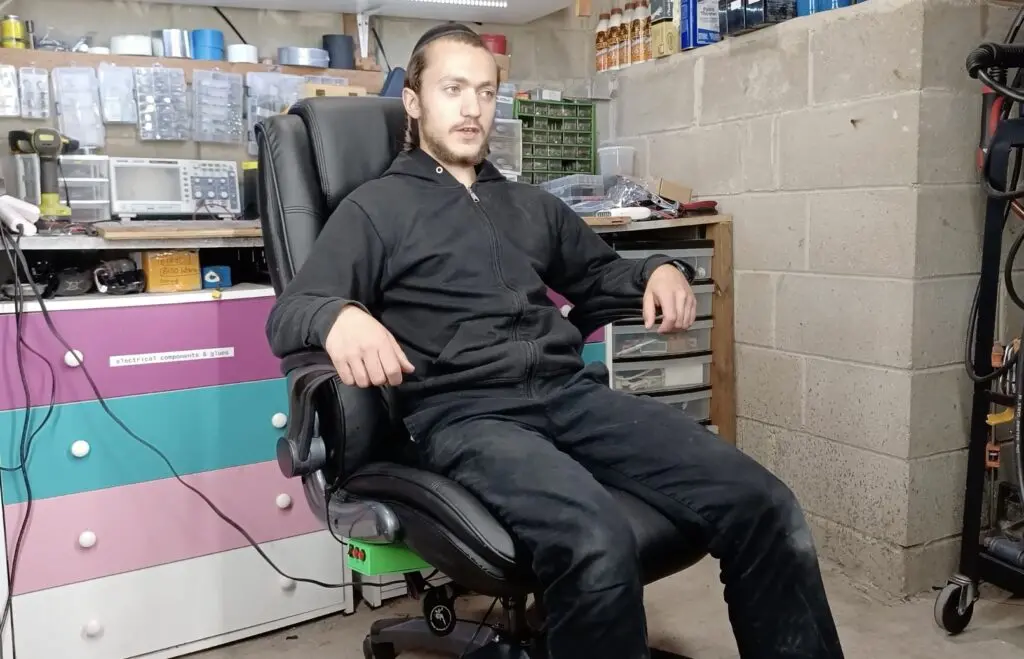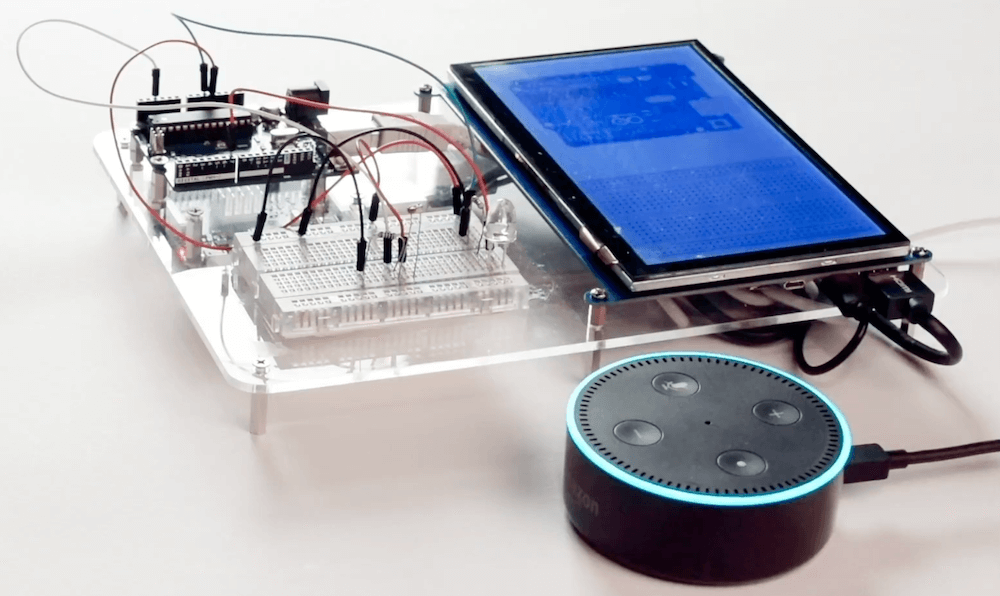Schlagwort: Voice Commands
-

Adjusting office chair height with simple voice commands
Reading Time: 2 minutesA month ago, ElectronicLab modified his office chair with an electric car jack, giving it motorized height adjustment. That worked well, but required that he push buttons to raise or lower the seat. Pushing those buttons is a hassle when one’s hands are full, so ElectronicLab went back to the workbench to…
-

Controlling a bionic hand with tinyML keyword spotting
Reading Time: 2 minutesArduino Team — August 31st, 2022 Traditional methods of sending movement commands to prosthetic devices often include electromyography (reading electrical signals from muscles) or simple Bluetooth modules. But in this project, Ex Machina has developed an alternative strategy that enables users to utilize voice commands and perform various gestures accordingly. The hand itself was made…
-

HeyTeddy is a conversation-based prototyping tool for Arduino
Reading Time: 2 minutesProgramming an Arduino to do simple things like turn on an LED or read a sensor is easy enough via the official IDE. However, think back to your first experiences with this type of hardware. While rewarding, getting everything set up correctly was certainly more of a challenge, requiring research that you…


